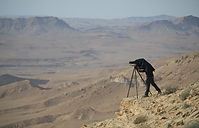ANALOG
why analog?
Since I started my way in photography back in 1992, when digital cameras didn't exist, I have been fascinated by the process of producing an image. I began with composition planning, exposure calculating, and finally shooting my photo, later developing the film and paper in the lab. Going through the process of making images from start to finish helped me better understand photography. The main difference for me today when I shoot film is that it's a more natural and enjoyable process, starting from planning to framing my photos. I appreciate every tiny detail in the frame and planning the process, not just pressing the shutter multiple times and choosing later the best image. .
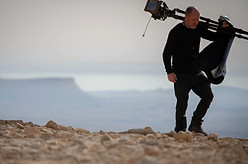
Today, I shoot both digital and traditional film mediums in my photography. For film photography, I use a variety of film formats and cameras, including large format (8x10 and 4x5), medium format (6x6, 6x9, and 6x17), and 35mm.
Here are some photos of mine taken from different camera formats:
*Fuji 6x17
*Hasselblad 6x6
*Chamonix 4x5.
The films were developed by me and then scanned into my computer.

Bitronot Ruhama, after sunset. Shoot with Fuji 6x17 medium format camera.
The Netherlands in dawn. Shoot with Hasselblad 6x6 medium format camera.
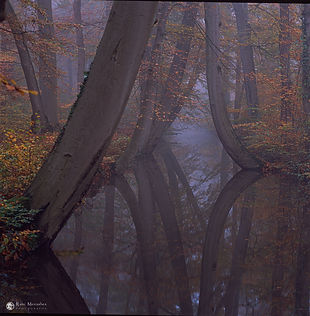
Maktesh Ramon. Shoot with CHAMONIX 4x5 large format camera.
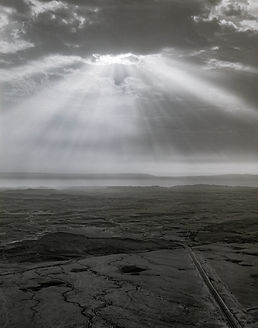
the process
After taking the photos, I take the films into my darkroom for further processing. First, I develop the films: developer, stop, and fixer (with color and slide films, I do blix/bleach). After letting the films dry, I make film contacts by scanning and cataloging them on my computer.
Now I can decide if I want to print it or use the traditional way and develop the print in the lab using chemistry.
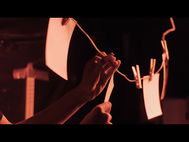
print in the lab using chemistry
Developing films and prints in the lab (darkroom)
Various types of films and sizes
